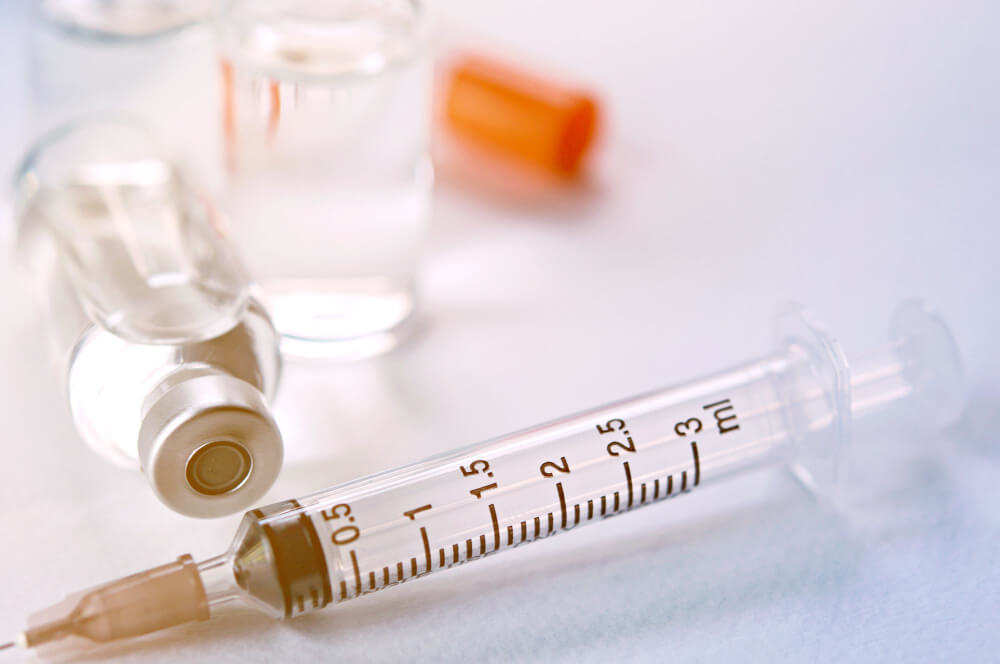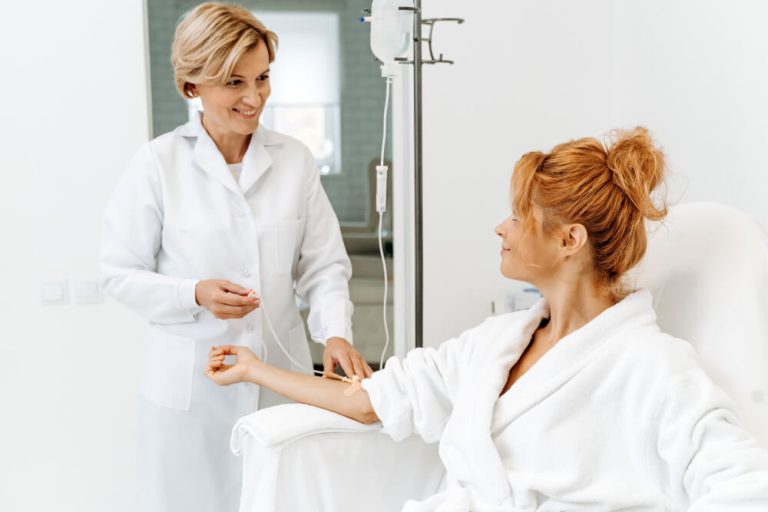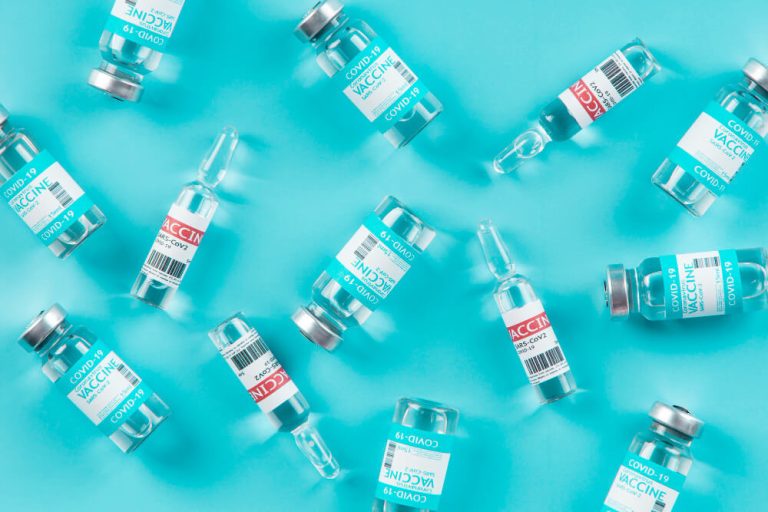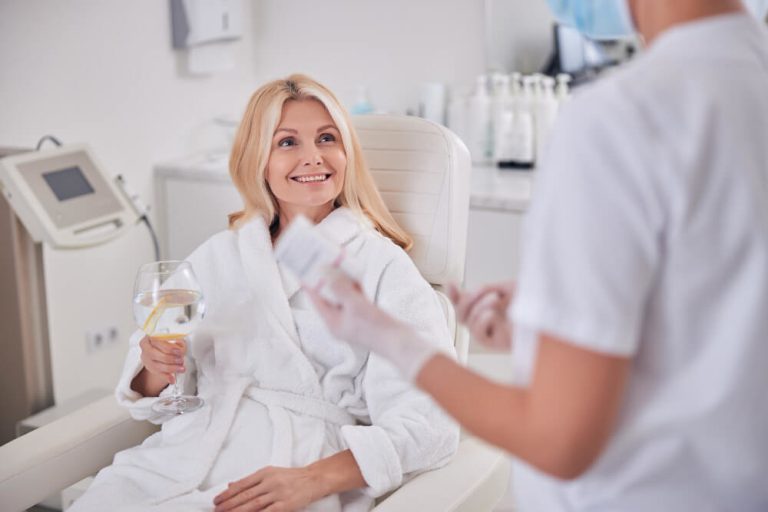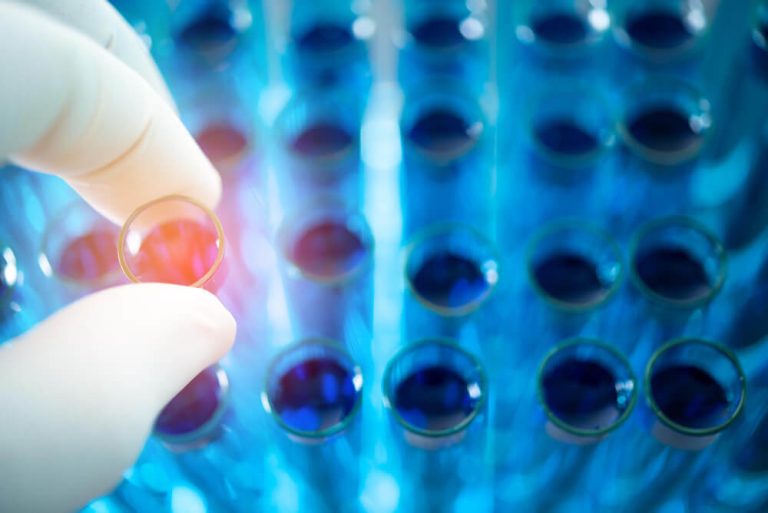Andropause Training: Reclaim Your Strength and Vitality After 40
If you are a man over 40, you might be noticing some unwelcome changes. The energy that once powered you through long days seems to have faded. Building or even maintaining muscle feels like an uphill battle, and a stubborn layer of fat has appeared around your midsection. These are not just signs of getting older; they are hallmark symptoms of a physiological shift known as andropause.
This phase, often called ‘male menopause’, is primarily driven by a gradual decline in testosterone and other key hormones. It can affect your physical strength, mental clarity, mood, and overall sense of well-being. The good news is that you are not powerless against these changes. A strategic and intelligent approach to health, centered around specialized andropause training, can help you manage symptoms and reclaim your vitality.
This is not about trying to turn back the clock to your twenties. It is about optimizing your health for the man you are today. By understanding the hormonal landscape of andropause and adapting your lifestyle accordingly, you can build a stronger, more resilient, and more energetic version of yourself for the decades to come.

What Exactly is Andropause?
Andropause is a term used to describe the collection of symptoms associated with age-related hormone decline in men, most notably testosterone. Unlike female menopause, which involves a rapid drop in hormones over a relatively short period, andropause is a much more gradual process. Testosterone levels typically begin to decline by about one percent per year after the age of 30.
While this decline is slow, its cumulative effect over ten or twenty years can be significant. This hormonal shift can manifest in various ways that impact your quality of life. Common symptoms include persistent fatigue, a noticeable loss of muscle mass and strength, and an increase in body fat, particularly dangerous visceral fat around the organs.
Men may also experience mood swings, irritability, or a general lack of motivation. Cognitive function can be affected, leading to ‘brain fog’ or difficulty concentrating. Furthermore, many men report a decreased libido, erectile dysfunction, and poor sleep quality, creating a vicious cycle where lack of sleep further suppresses testosterone production.
It is crucial to understand that andropause is a natural part of aging, but its impact does not have to be a foregone conclusion. Recognizing these symptoms is the first step toward taking proactive measures to manage them effectively.
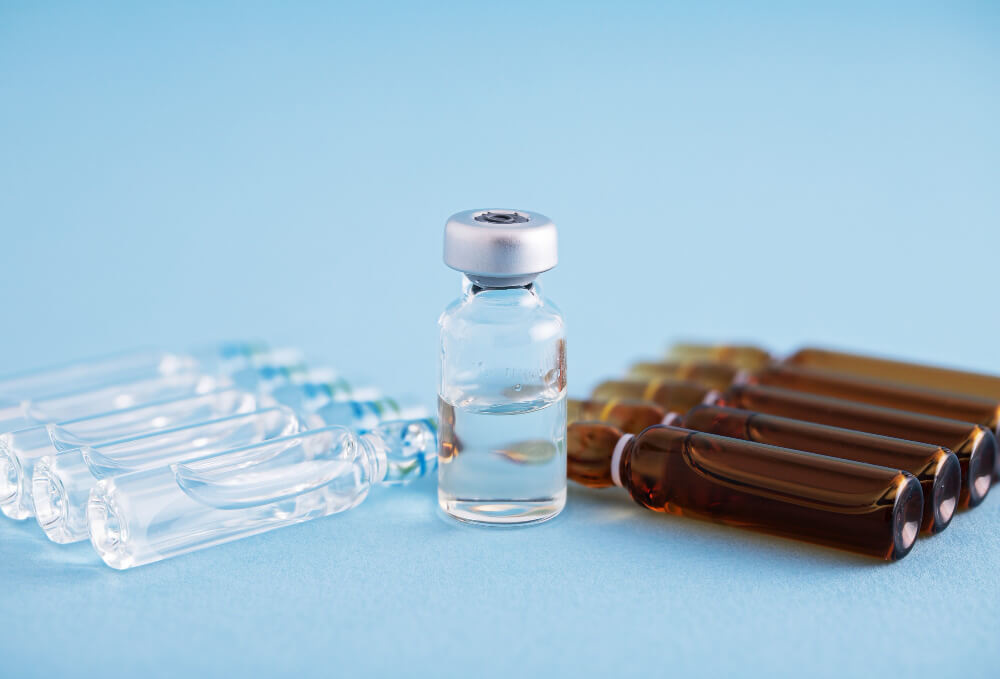
Why is Traditional Exercise Not Enough?
You might think that simply hitting the gym more often or running longer distances is the answer. However, when your body is navigating the hormonal shifts of andropause, a ‘more is more’ approach can often backfire. The exercise routines that worked for you in your youth may no longer be optimal and could even be detrimental.
One of the biggest culprits is overtraining. Pushing your body too hard without adequate recovery can elevate levels of cortisol, the primary stress hormone. Cortisol has an antagonistic relationship with testosterone; when cortisol is high, testosterone tends to be low. Chronic, long-duration cardio sessions, for example, can become a significant stressor that suppresses the very hormone you are trying to support.
Furthermore, your body’s ability to recover from intense exercise changes with age and hormonal status. The muscle protein synthesis response to training may be blunted, meaning it takes longer to repair and build muscle tissue. Ignoring these changes and sticking to an old-school, high-volume training plan can lead to burnout, injury, and frustration, rather than progress.
This is why a generic fitness plan is insufficient. You need a targeted strategy that works with your body’s current physiology, not against it. The goal is to train smarter, not just harder, by choosing exercises and routines that specifically support hormonal balance and vitality during this life stage.

How Does Andropause Training Differ?
Andropause training is a specialized fitness philosophy designed to address the unique physiological needs of men experiencing hormonal decline. It is not a single workout but a comprehensive approach that prioritizes hormonal optimization through a specific combination of strength training, cardiovascular exercise, and non-negotiable recovery. The focus shifts from sheer volume to strategic intensity and intelligent programming.
This method recognizes that the goal is not just to burn calories but to send the right hormonal signals to your body. It is about creating an anabolic environment that encourages muscle growth, fat loss, and testosterone production while carefully managing stress and inflammation. Every component of the training plan is selected for its ability to positively influence your endocrine system.
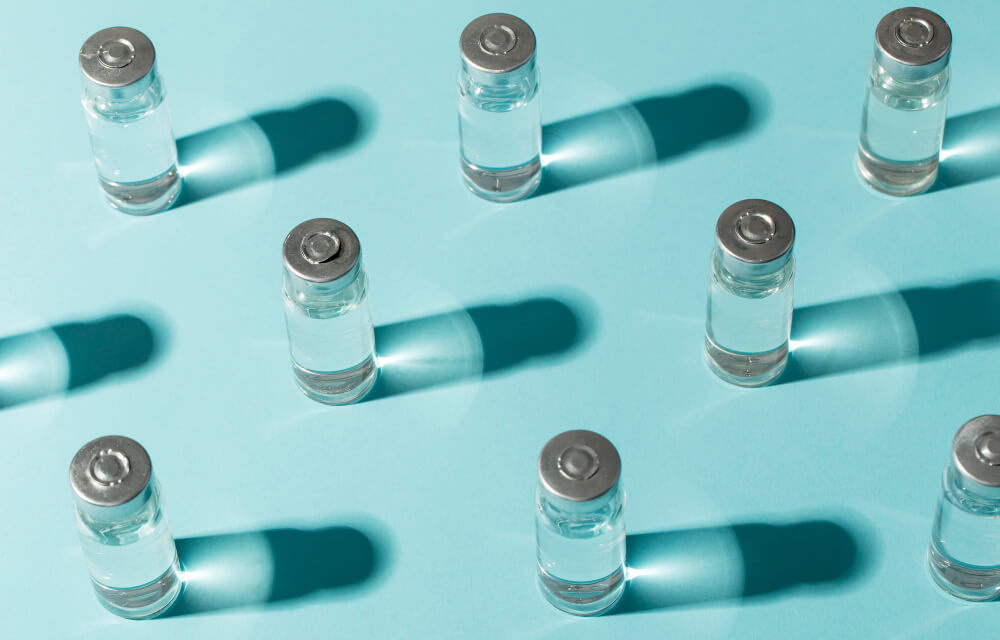
What is the Role of Strength Training?
Strength training is the cornerstone of any effective andropause training program. Lifting heavy weights, particularly through compound exercises, is one of the most powerful natural signals you can send your body to produce more testosterone. These multi-joint movements recruit large muscle groups, creating a significant metabolic and hormonal demand.
Exercises like squats, deadlifts, bench presses, and overhead presses should form the foundation of your routine. These lifts do more than just build muscle; they improve bone density, which can decrease with age, and boost your metabolic rate, helping to combat fat gain. The key principle is progressive overload, which means gradually increasing the weight, reps, or sets over time to continually challenge your body to adapt and grow stronger.
This type of training is not about ego lifting or pushing to failure on every set, which can spike cortisol. Instead, it is about lifting with good form in a challenging but manageable rep range, typically between 5 to 12 reps per set. For men navigating this phase, learning how to implement strength training over 50 is a critical skill for long-term health. The goal is stimulation, not annihilation, ensuring you can recover properly and reap the hormonal benefits. There are many excellent strength programs available, including some of the best strength training workouts for men over 40.

What About Cardiovascular Exercise?
Cardio is important for heart health, but the type of cardio you choose matters immensely during andropause. As mentioned, long, slow, steady-state cardio can elevate cortisol and potentially work against your goals. The superior alternative for hormonal health is High-Intensity Interval Training, or HIIT.
HIIT involves short, all-out bursts of intense effort followed by brief recovery periods. A typical HIIT session might last only 15-20 minutes but can be far more effective than an hour on the treadmill. These intense intervals have been shown to improve insulin sensitivity, boost growth hormone production, and create a hormonal environment that is more conducive to fat burning and muscle preservation.
Examples of HIIT workouts include sprinting on a track or stationary bike, performing kettlebell swings, pushing a sled, or using battle ropes. For instance, you could sprint for 30 seconds and then walk for 60-90 seconds to recover, repeating this cycle 8-10 times. This approach provides a potent cardiovascular stimulus without the chronic stress and catabolic effects of prolonged endurance exercise.
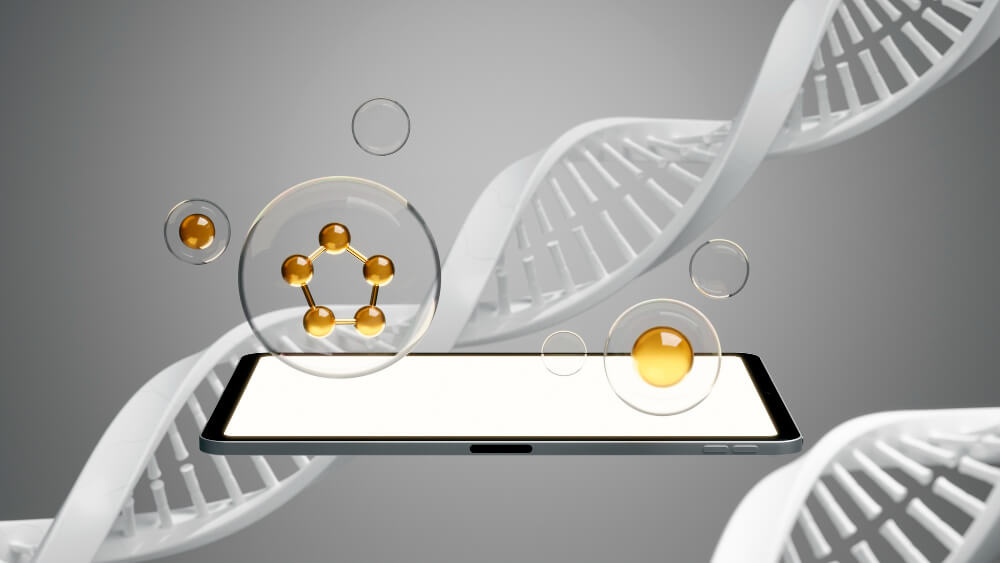
Why is Recovery So Crucial?
In the context of andropause training, recovery is not optional; it is an integral part of the program. Your results are not made in the gym; they are realized during periods of rest when your body repairs tissue and your hormones regulate. For men with declining testosterone, proper recovery is even more critical.
Sleep is the most important recovery tool you have. It is during deep sleep that your body releases growth hormone and produces the majority of its daily testosterone. Consistently getting less than 7-8 hours of quality sleep per night can devastate your hormone levels, undoing all your hard work in the gym. Prioritizing sleep hygiene is non-negotiable.
Active recovery is also beneficial. This includes low-intensity activities like walking, gentle stretching, or foam rolling on your days off. These activities increase blood flow to sore muscles, helping to clear out metabolic waste and speed up the repair process without adding significant stress to your system.
Finally, managing psychological stress is paramount. Chronic mental stress elevates cortisol just as physical stress does. Incorporating practices like meditation, deep breathing exercises, or spending time in nature can help lower cortisol levels, creating a more favorable hormonal balance for testosterone to thrive.
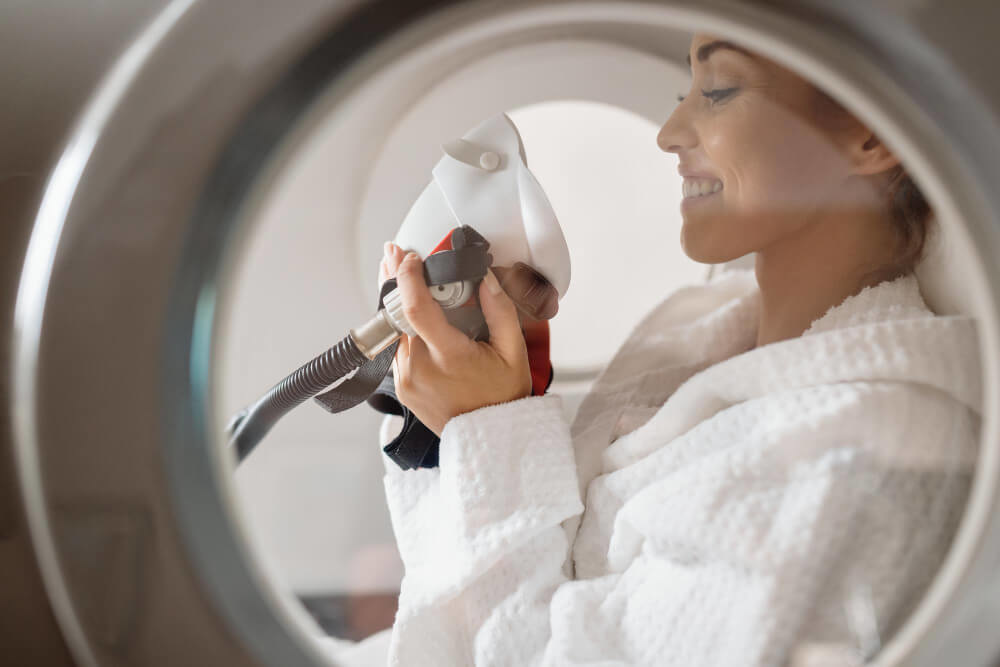
What is the Connection Between Nutrition and Andropause?
Exercise is a powerful stimulus, but it cannot overcome a poor diet. Nutrition is the fuel that supports your training, recovery, and hormonal health. During andropause, what you eat becomes just as important as how you train. Your diet must provide the essential building blocks for hormone production and muscle repair.

Which Macronutrients Should You Prioritize?
Your focus should be on a balanced intake of protein, healthy fats, and complex carbohydrates, each playing a distinct and vital role. Protein is essential for repairing the muscle tissue broken down during strength training. Aiming for a sufficient daily intake helps to combat age-related muscle loss, known as sarcopenia, and supports a healthy metabolism.
Healthy fats are perhaps the most critical macronutrient for hormonal health. Your body synthesizes testosterone from cholesterol, making dietary fats from sources like avocados, olive oil, nuts, seeds, and fatty fish absolutely essential. Low-fat diets can be particularly detrimental for men in andropause, as they can starve the body of the raw materials needed for hormone production.
Complex carbohydrates from sources like sweet potatoes, oats, and quinoa provide the energy needed to power intense workouts. While it is wise to manage overall carbohydrate intake to maintain insulin sensitivity, eliminating them entirely is a mistake. Consuming carbs strategically around your workouts can improve performance and aid recovery without contributing to fat storage.
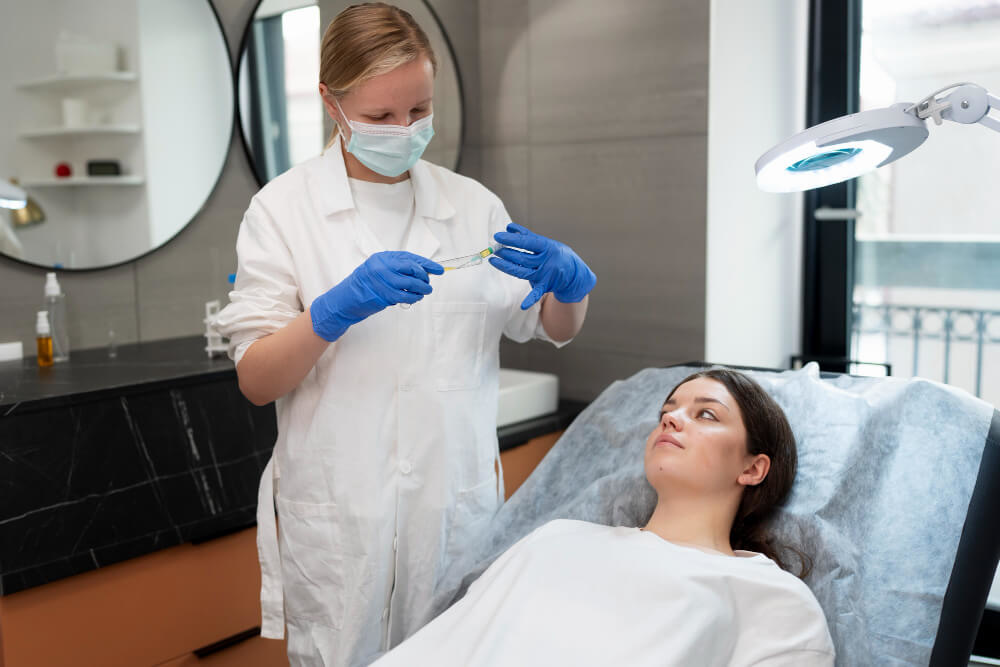
Are There Micronutrients That Support Testosterone?
Beyond the macronutrients, several key vitamins and minerals play a direct role in supporting healthy testosterone levels. Ensuring you have adequate amounts of these micronutrients can make a significant difference. A deficiency in any of them can become a limiting factor in your body’s ability to produce hormones.
Zinc is a critical mineral for testosterone synthesis, and even a mild deficiency can lead to a drop in levels. Excellent dietary sources include red meat, shellfish like oysters, and pumpkin seeds. Magnesium is another vital mineral involved in hundreds of enzymatic reactions, including those related to testosterone production and muscle function. It is found in leafy green vegetables, almonds, and dark chocolate.
Vitamin D, often called the ‘sunshine vitamin’, functions more like a hormone in the body and is strongly correlated with testosterone levels. Many men are deficient, especially those in colder climates. Getting regular, safe sun exposure and consuming foods like fatty fish and fortified milk can help, though supplementation is often necessary to achieve optimal levels.
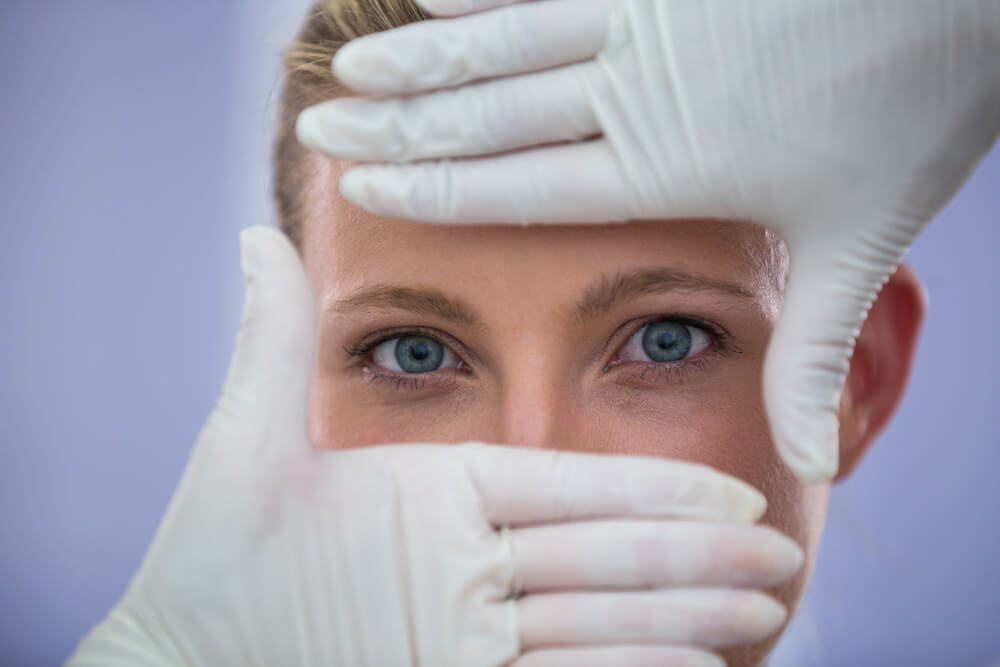
What is the Role of Medical Intervention and Monitoring?
For many men, a dedicated program of andropause training and optimized nutrition can produce remarkable improvements in symptoms and overall vitality. However, for some, lifestyle interventions alone may not be enough to restore hormone levels to an optimal range. This is where partnering with a knowledgeable healthcare professional becomes essential.
A proper diagnosis begins with a comprehensive evaluation that includes detailed blood work and a thorough review of your symptoms. A physician well-versed in men’s health will not just look at a single ‘total testosterone’ number but will analyze a full hormonal panel, including free testosterone, estradiol, SHBG, and LH, to get a complete picture of your endocrine health. They will interpret these results in the context of your symptoms, following established clinical guidelines for treating andropause.
Based on this comprehensive assessment, a medical professional can determine if you are a candidate for Testosterone Replacement Therapy (TRT). When medically indicated and properly managed, TRT can be a life-changing intervention, effectively alleviating symptoms like fatigue, low libido, and brain fog. It is a powerful tool that can help you get the most out of your training and nutrition efforts. A complete understanding of the link between exercise and testosterone everything you need to know is valuable for both patient and practitioner.
It is critical to understand that TRT is not a simple fix or a substitute for a healthy lifestyle. Effective therapy requires a sophisticated approach to dosing and careful monitoring to ensure hormone levels remain in a healthy, balanced range while minimizing potential side effects. This is where working with an expert who understands advanced TRT dosing and monitoring protocols is paramount for safety and success. The best care comes from practitioners who take a holistic view, integrating hormonal therapies with lifestyle medicine, a core principle taught in functional endocrinology training for physicians.

How Can You Build a Sustainable Andropause Training Plan?
Creating a plan that you can stick with for the long haul is the key to lasting success. Consistency trumps short-term intensity every time. Your plan should be effective, but also realistic and enjoyable enough that it becomes a permanent part of your lifestyle.
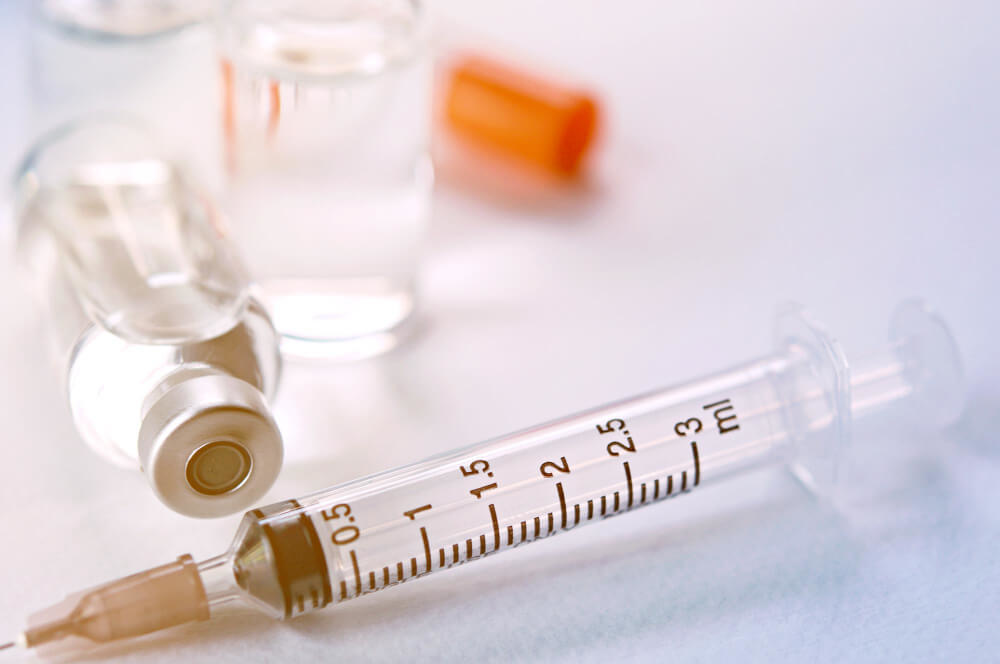
How Often Should You Train?
For most men in andropause, an ideal schedule involves a combination of strength and conditioning. Aim for three to four strength training sessions per week, focusing on different muscle groups or using a full-body routine. This frequency is enough to stimulate muscle growth and hormonal benefits without leading to overtraining.
Intersperse these strength days with one or two HIIT sessions. Because HIIT is so intense, more is not better. Two 20-minute sessions per week are plenty to reap the cardiovascular and metabolic rewards. On the remaining days, focus on active recovery. A brisk 30-minute walk is an excellent choice. Above all, listen to your body. If you feel run down, an extra rest day is more productive than a subpar workout.
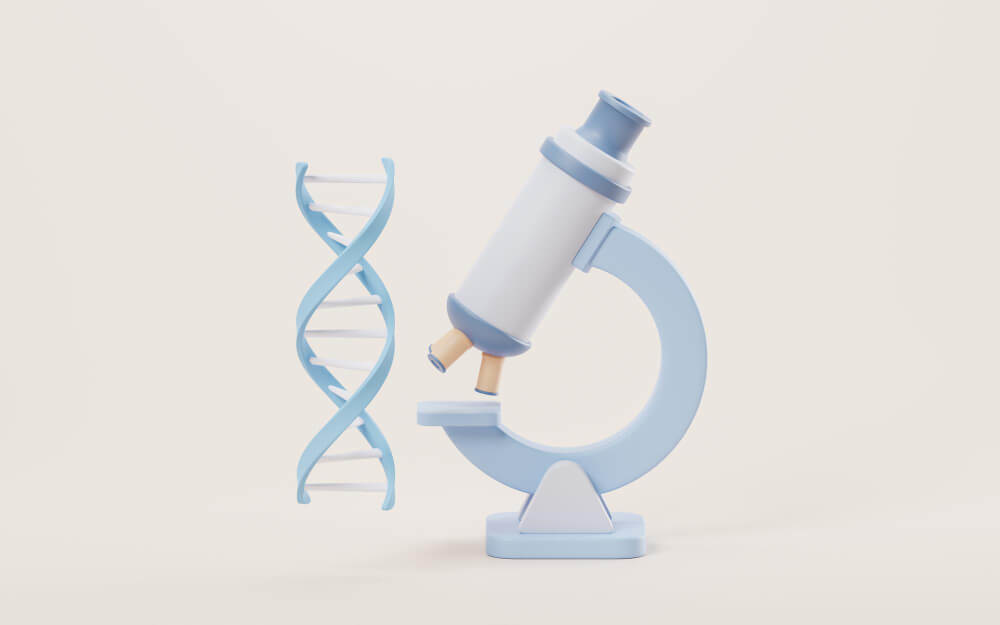
What Does a Sample Workout Look Like?
A great starting point is a full-body strength workout performed three times per week on non-consecutive days. This approach ensures you hit all major muscle groups frequently, maximizing the hormonal response. A well-structured workout is essential, and there is excellent a guide to training for older men that can provide deeper insights into programming.
A sample session could look like this: Start with a 5-10 minute warm-up of light cardio and dynamic stretches like leg swings and arm circles. For the main workout, perform compound movements like Goblet Squats for 3 sets of 8-12 reps, Push-Ups or Bench Presses for 3 sets of 8-12 reps, and Dumbbell Rows for 3 sets of 8-12 reps per arm. Finish with a core exercise like a plank for 3 sets, holding for 30-60 seconds.
On a separate day, you could perform a HIIT workout. After a warm-up, get on a stationary bike and pedal as hard as you can for 30 seconds. Follow this with 90 seconds of slow, easy pedaling for recovery. Repeat this interval 8 times for a total workout of 16 minutes. Finish with a 5-minute cool-down and some light stretching.
Andropause is a challenging but manageable phase of a man’s life. It is not an end to vitality but a call to train smarter, eat cleaner, and live more intentionally. By embracing a strategic approach centered on targeted training, supportive nutrition, and intelligent recovery, you can effectively combat the symptoms of hormonal decline. You have the power to take control, build a body that is strong and resilient at any age, and forge a future filled with energy and purpose.
Frequently Asked Questions

How do HCG and Clomiphene affect male fertility compared to traditional testosterone therapy?
Unlike traditional Testosterone Replacement Therapy (TRT), which suppresses the body’s natural signaling and can shut down sperm production, HCG and Clomiphene are often used specifically to preserve or enhance male fertility. HCG mimics Luteinizing Hormone (LH), directly stimulating the testes to produce both testosterone and sperm. Clomiphene works by stimulating the pituitary gland to release more of its own LH and Follicle-Stimulating Hormone (FSH), which together support testicular function.
For this reason, these therapies are considered a frontline choice for men with secondary hypogonadism who wish to have children. While TRT provides an external source of testosterone, it leads to testicular atrophy and infertility in most cases. By contrast, HCG and Clomiphene work by boosting your body’s own production engine, thereby maintaining the key functions necessary for conception.

Can I stop taking HCG or Clomiphene, and will my natural testosterone production return?
Yes, you can stop taking HCG or Clomiphene, but the outcome depends on the underlying reason for the treatment. These medications stimulate your body’s own hormone production rather than replacing it, so when you cease treatment, your hormonal axis will typically revert to its pre-treatment baseline. If you have a chronic condition causing secondary hypogonadism, your testosterone levels and associated symptoms will likely return after discontinuation.
For some men, particularly those whose hormonal systems were suppressed by external factors, these drugs can be used as part of a "restart" protocol to help kickstart the natural system. However, for most users with a persistent underlying issue, this is not a permanent cure. Long-term management often requires continuous therapy to maintain optimal testosterone levels and symptom relief.

What is the risk of increased estrogen with HCG or Clomiphene, and how is it managed?
A notable side effect of both HCG and Clomiphene therapy is the potential for increased estrogen (estradiol) levels. This occurs because both medications boost your body’s internal testosterone production, and some of that testosterone is naturally converted into estrogen by an enzyme called aromatase. Elevated estrogen can lead to side effects such as moodiness, water retention, and gynecomastia (enlargement of male breast tissue).
To manage this risk, physicians will regularly monitor both your testosterone and estradiol levels through blood work. If your estrogen levels become excessively high, your doctor can adjust your dosage or prescribe a medication called an aromatase inhibitor (AI). An AI works by blocking the aromatase enzyme, thereby reducing the conversion of testosterone to estrogen and helping to mitigate any related side effects.
Discover the most comprehensive functional medicine training, longevity training, and biohacking certification programs designed specifically for healthcare professionals, medics, and clinic owners who want to master regenerative medicine protocols and anti-aging therapies.

